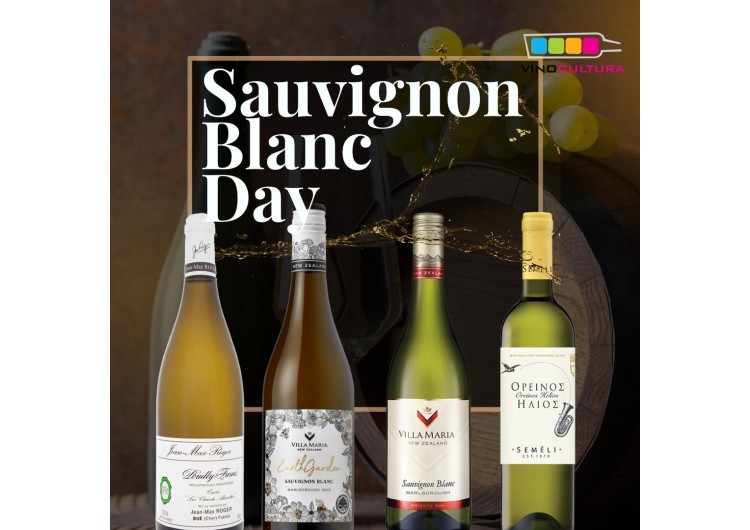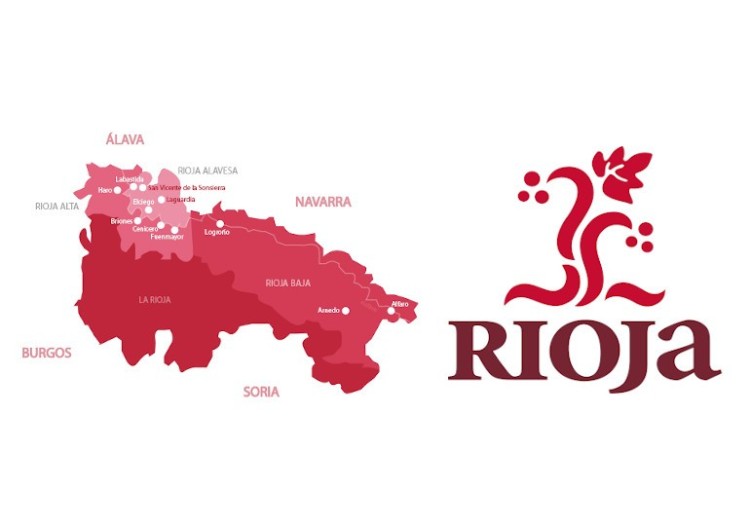The three faces of Rioja!
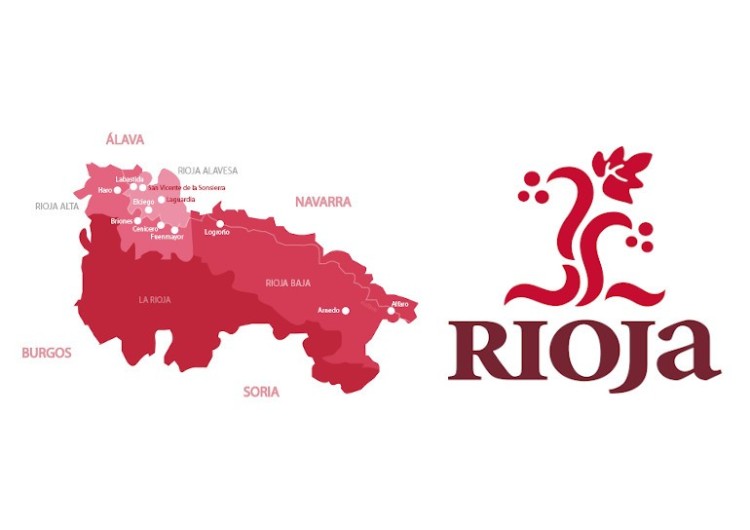
We are focusing on Rioja reds this month, and we would like to introduce you to the three faces of Rioja currently available in Vino Cultura’s wine cellar. The three styles are not coming from ageing and not even from the geographical aspect, but from the winemaking. Although note that there is a strong bond between the sub-regions and the styles. We have to consider the history as it explains how winemaking philosophy and practice have changed and developed over the centuries, where the roots of Rioja come from and what is the ruling trend now.
This well-known Northern Spanish region around the river Ebro started to produce wines as early as the 9th century by the monks for religious celebrations and there is much written evidence about winemaking from that era. From the early 15th century the Rioja Alta sub-region was specialised in wine growing and winemaking. Rioja as we know it today can be separated into three sub regions: Rioja Alta (west of the city Logroño), Rioja Alavesa (on the North of Ebro) and Rioja Oriental (previously known as Rioja Baja on the south-east end of Logroño).
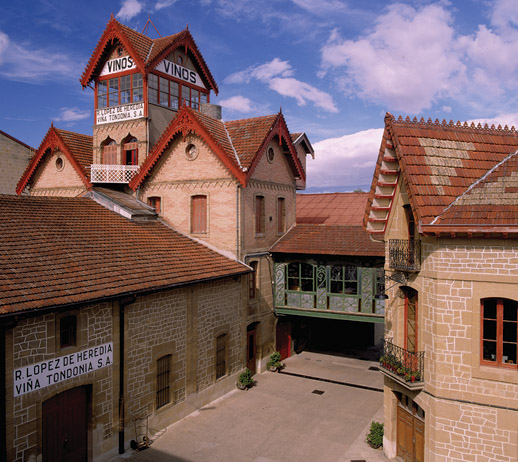
The new age of winemaking in Rioja came with the 19th century, when the local aristocracy started to turn their land into profitable and sustainable businesses. These noble families started to plant vines and establish wineries considering premium Bordeaux wines as leading examples. You are bound to have seen Rioja bottles with Marqués on the label. This title was still very popular after the Second Spanish Republic (although it didn't denote any special privileges), but noble families preferred to use the title “Marqués”, and they played a key role in modern-day Rioja wines
A key influencer was Luciano de Murrieta, who was studying in Bordeaux and returned to Rioja in 1852 and established his estate Finca Ygay in 1872 Similarly, Marqués de Riscal, whose winery started in 1862 had a similar interest in Bordeaux-style wines. Other important names among the pioneers of the region are Marqués de Vargas from 1840, and Marqués de Griñón as another noble family with strong Rioja connections but their wines are being made by Bodegas Berberana in a joint venture nowadays.
Winetourismspain.com in their web article also gives us some more important names from the history of the region: ”Camilo Hurtado de Amezaga learned the production methods in Médoc. He built a winery in Elciego in Rioja Alavesa and requested to plant 50 hectares of vineyard. (…) A French winemaker, Jean Pineau, got into the history of Rioja wines then… He recommended the use of large wooden casks for maceration purposes and wine ageing in smaller barrels of 225 litres. It was the Bordeaux method and its introduction in the Rioja wine reality. The method was considered as expensive and laborious by many growers, who therefore chose not to follow it. The wines of Marques de Riscal obtained great success in international competitions. This success and the lack of wine made in Bordeaux encouraged other producers brought French investment to Rioja. The region and its wines became consolidated and built a reputation that has grown and continues today.”
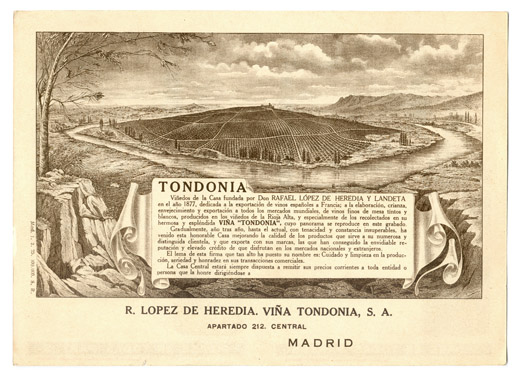
When phylloxera reached Bordeaux in the 1870s, French wine merchants tried to keep their businesses alive and turned to the Spanish market, where new wineries started to flourish all across the country, especially south in Rioja where the style of the wines were similar to the Médoc-style, ageing the region's most important grape, Tempranillo in small French oak barrels. During most of the 20th century Rioja (and Spanish winemaking in general) went through ups and downs, but the last 20 or 25 years of the century resulted in extraordinary development in the region: new wineries were established, and important efforts were made with investments in both the vineyards and the wineries.
Moving on to barrel ageing, the period of ageing matters as the DOCa (Denominación de Origen Calificada) Rioja permits 4 different types or categories of red wines: young or Joven, Crianza, Reserva and Gran Reserva (whites and rosés have different ageing requirements):
- Joven: generic Rioja, young wine without ageing requirements with only minimal oak-aging and fleshy style
- Crianza: minimum of two years of ageing from 1st of October of the year of the harvest, one year has to be in oak, one more year can happen in the bottle.
- Reserva: the period of ageing in oak barrels and bottles must be a minimum of thirty-six months, with a minimum time of twelve months in oak barrels.
- Gran Reserva: a minimum of time in barrel of twenty-four months, followed and supplemented with an ageing in bottle of at least thirty-six months.
Interesting fact: in 2018, the Regulating Council released new classification rules for Rioja, in an attempt to encourage winemakers of regional microclimates to put focus on singular vineyard sites. This system (similar to Burgundy grading), moves Rioja from being focused primarily on ageing and oaking to a more all encompassing system inspecting the terroir of the wine–such as allowing labels to display the village or municipality of origin on the front label.
Rioja is actually updating and re-inventing itself with wide range of styles based on quality over quantity of oak. The winemakers also realised that there are opportunities for great wines thinking outside of the Tempranillo grape and using Garnacha (Grenache), Graciano, Maturana and Cariñena (Carignan, or Mazuelo as it's named in Rioja) and now many experienced wine drinkers and wine experts are looking for the fresh 'new wave' Riojas with less oak or some new oak ageing, sometimes even concrete egg-aged and/or stainless steel tank-aged reds.
Vino Cultura is proud to present all three faces of Rioja. We offer our wine drinkers all the styles of the region, so let's go through the styles and the wonderful wines we have to offer.
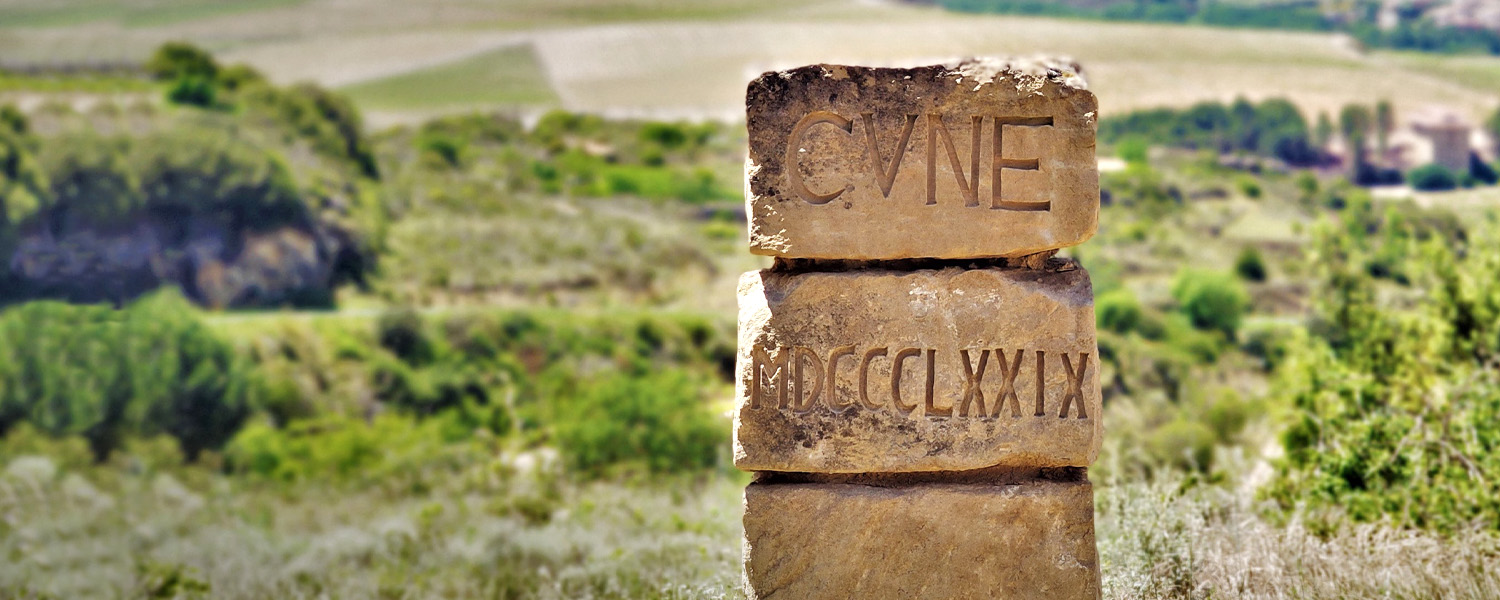
Traditional style: fragrant, silky and delicate wines from long ageing in cask (usually American oak) and bottle. These are mostly ready to drink on release, but they can benefit with long cellaring for those who are patient enough.
Viña Tondonia Reserva is a great example of the style from R. López de Heredia. Concentrated, powerful aromas of black and red fruits move into an almost liquorice character on top with a hint of vanilla sweetness from American oak, releasing tertiary aromas of leather and sweet tobacco.
Viña Bosconia (R. López de Heredia) wines come from the vineyard called El Bosque with mainly Tempranillo with 2 hectares of Garnacha (and some Mazuelo and Graciano). The Gran Reserva wines are only made in very exceptional vintages, in small quantities and from selected grapes. Full bodied, deep, oaky wines as we expect from traditional style Riojas.
Viña Cubillo (R. López de Heredia) wines come from the vineyard called Viña Cubillas where mainly Tempranillo is planted with some Grenache, Mazuelo and Graciano. With parcels called 'La Encina' and 'La Monja', Viña Cubillas is a vineyard that produces exceptional wines sold as Crianza.
Different vintages are available in the Vino Cultura cellar. Decanting is essential to give some time to the wines to breathe.
Modern (classical) style: younger, rounder wines lighter in colour that retain the delicious character of Rioja through cask ageing (often a mix of American and French oak) with the structure to develop in the bottle, but they are ready to drink mostly on every ageing level.
CVNE wines (pronounce it ku-nai) are good examples of these easy, juicy Riojas. The full name also appears on the label as Compañía Vinícola del Norte del España, but CVNE is coming from a spelling mistake as U became V somehow when the winery got its official name by the authorities.
CVNE Crianza, Reserva, Grand Reserva, Imperial Reserva and Grand Reserva, Viña Real and Contino labels are available in our cellar, so you can get a chance to taste different wines from different vineyards comparatively on the same ageing levels. Decanting is recommended to let the wines show their full potentials.
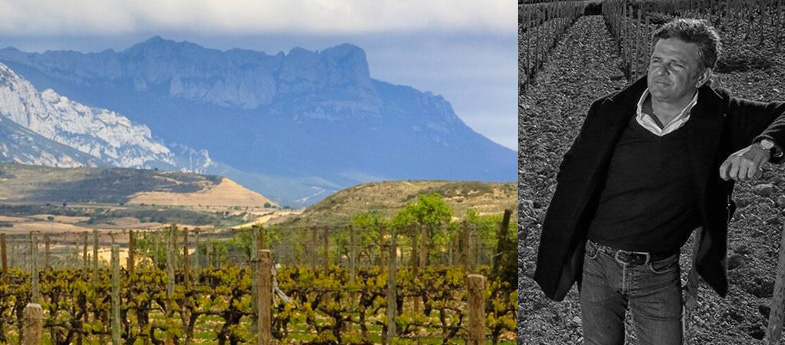
Alternative style: mainly based on Garnacha and coming from the Rioja Oriental region. As Garnacha is gaining more popularity, some winemakers say that it reflects specific characters of certain areas better than Tempranillo. As Grenache is one of the grapes that best synthesises sugar, it can often give wines higher in alcohol without giving dense, inky colour in the glass. The colours in all the reds are bright ruby, not too dark, and the fruit profile is rather on the red-fruit scale than the black.
Great showcase of wines of the alternative style are available in the Vinocultura cellar by Palacios Remondo called 'La Montesa' on Crianza and Reserva level and 'La Vendemia'. The winery belongs to the spirit of “The New Spain” called Alvaro Palacios, and his name is familiar in Bierzo and in Priorat apart from Rioja. Alvaro’s passion for staying true to the tradition of the land inspires him to focus on Garnacha-driven wines that are expressive and authentic to the region he was born. in
He is also committed to organic viticulture and winemaking practices.
Bright red fruits like spicy raspberry, cranberry, red currants are coming through the nose with refreshing, crispy acidity and smooth tannins with fruity punch on the palate. Decanting is recommended to fully appreciate these wines.
As you can see, we have plenty of amazing Spanish wines waiting for you to try in different styles as we put Rioja reds in the spotlight in February.
Let us know, which style of this iconic Spanish region you like the most!
¡Salud!
You can see and shop all Rioja here!


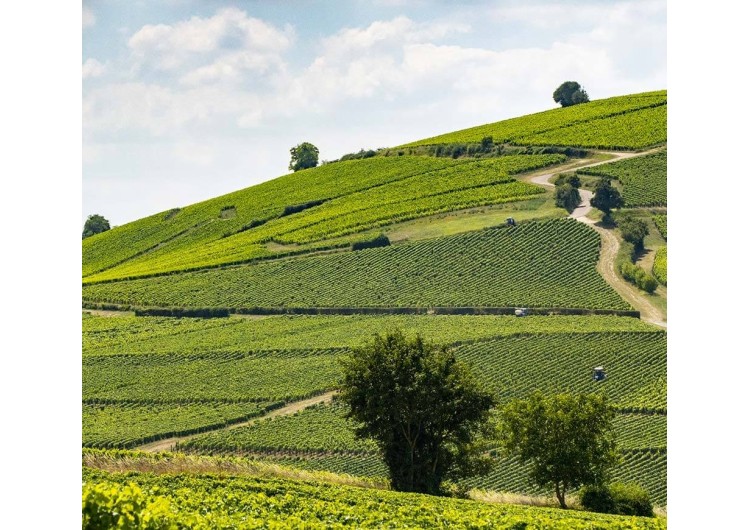
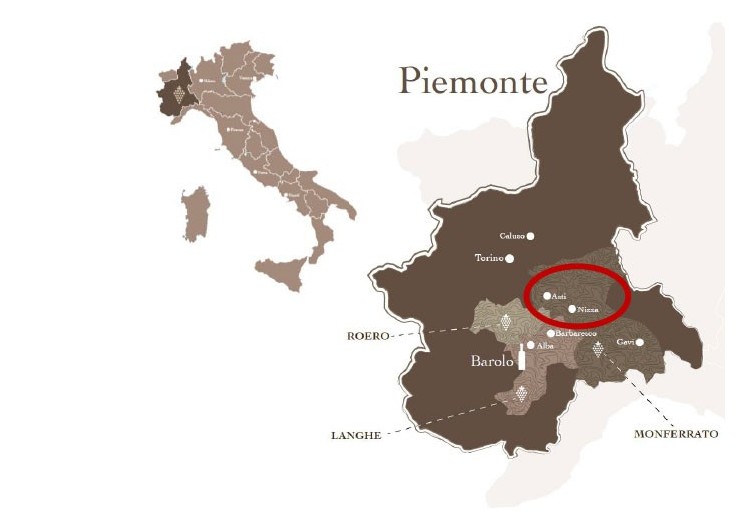
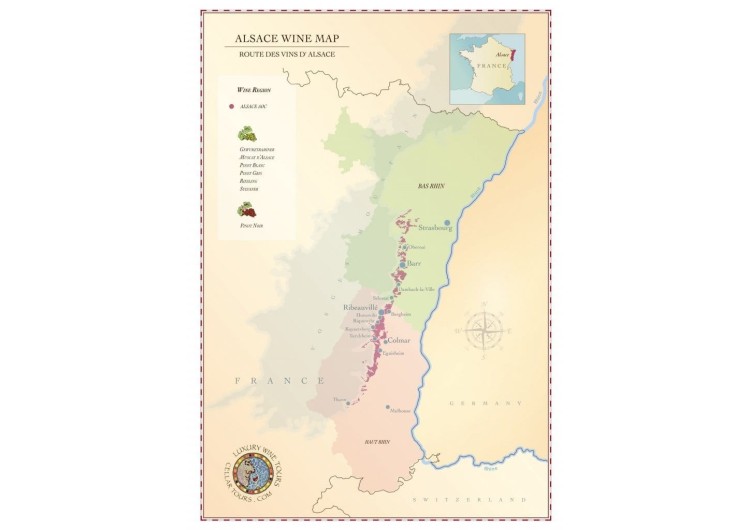
.jpg)
